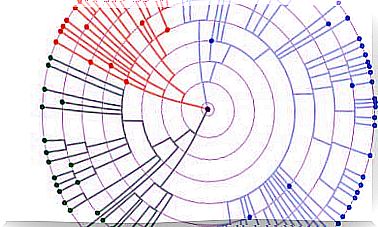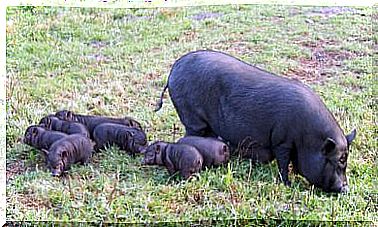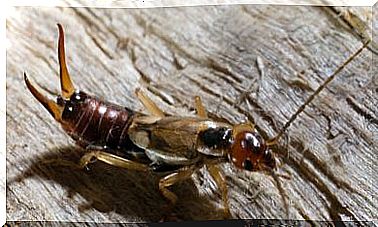What Is The Clam’s Way Of Life Like?

Clams are mollusks from the oyster, mussel, or cockle family. Because of their two shells joined by a thin filament, they are called bivalves. The life of the clam has been known for thousands of years, since it has always been considered as human food.
There are many kinds of clams, including the rail clam or fine clam ( Ruditapes decussata ) or the chirla ( Chamelea gallina ). These beings of various sizes move in medium-depth marine waters by opening and closing their valves.
Clam physical characteristics
Clams can be of various colors, although they are usually gray with dark spots. The thin indentations on its exterior can be seen with the naked eye; the lakes of up to four centimeters in length keep a soft body safe.
These curious mollusks are simple organisms. They do not have a brain or eyes; They only have a digestive system that includes the mouth and rectum, and a heart. On the other hand, the circulatory system is open, which means that water is naturally filtered between your organs and your blood.
Experts claim that clams are one of the oldest animals on planet earth. Its longevity, under natural conditions, can easily reach 150 years of life.
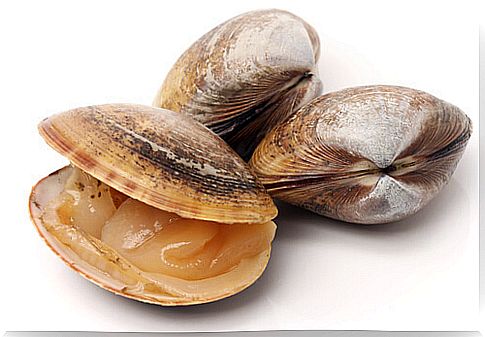
There are truly extraordinary clams, such as the Geoduck clam ( Panopea abrupta ) from the Pacific coast of Canada and the United States. Geoducks are known to be the largest clams in the world. The average weight of these specimens is 1.5 kilograms, but cases of up to 8 kilograms are known.
Some varieties of clam
- Golden clam ( Tapes aureus ). Its name is given by the golden tones of its shell.
- Japanese clam ( Ruditapes philippinarum ): colonies are found on English and French coasts, although their presence has also spread to Italy and Spain. Its main characteristic are its well-defined lines; the tonality of this variant oscillates between black and gray, and tan.
- French clam: it is distinguished by its dark color. Its habitat usually develops in La Vendée, Normandy and Brittany.
- Slug clam ( Venerupis pullastra ): recognizable by its brittle shells.
- Icelandic clam: They are famous for their specimens up to 200 years old. This variety can become large at the end of its life.
- Blonde clam ( Tapes rhomboideus ): reddish tones, characterized by the zigzagging lines on the outside.
The life of the clam: habitat, feeding, reproduction
Clams live hidden in the sandy bottom of seas and oceans ; the way to stay safe from predators is by hiding under the sand. In the case of chirlas or fine clams, they can be found in the English Channel, the Atlantic coast and, to a lesser extent, the Mediterranean.
The food of clams is marine plankton. To ingest it, they have a system similar to a siphon; Thanks to this ‘device’, they are able to stay safe under 30 centimeters of sand when the sea goes down.
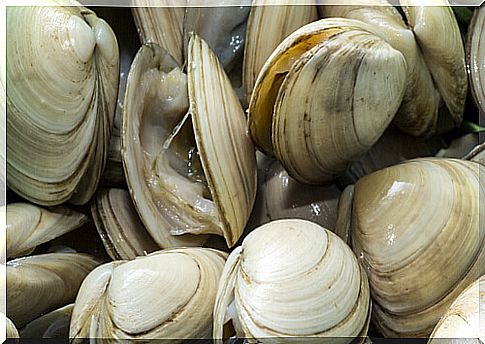
Clam life is very fragile in the beginning. These mollusks carry out their fertilization externally. Once the eggs have been fertilized, the larva is produced; the young are carried away from the family bosom by the currents. Measuring just a quarter of a millimeter, the larva will be ready to burrow at the bottom of the sea.
There, under the sand, the larva begins a slow and continuous metamorphosis ; The first thing that the larva will lose will be the organ with which it slipped into the stream. Later it will develop gills and valves, which will mutate until they become shells.
Nutritional properties of the clam
One of the nutritional qualities of clams is their low level of fat, much less than other shellfish. Only 0.5 to 2% of your body contains fat, although it has an interesting amount of vitamins, especially B3 and A. These vitamins serve as energy supply and as tissue recomposition, respectively.
On the other hand, clams are rich in phosphorus and iron, zinc and selenium. In addition, they have other benefits such as potassium, retinol and folic acid. Currently, most of the clams for human consumption come from hatcheries.


